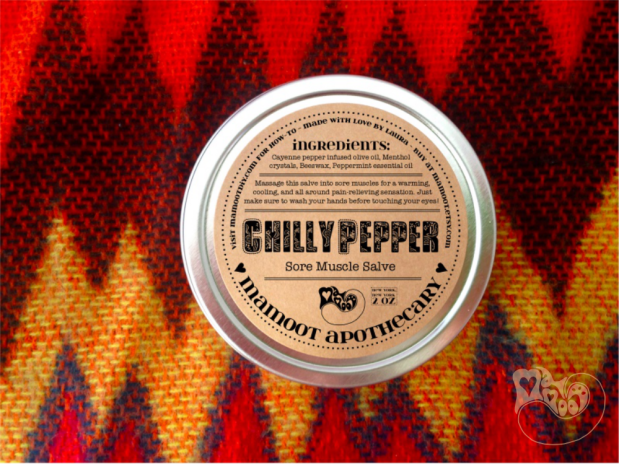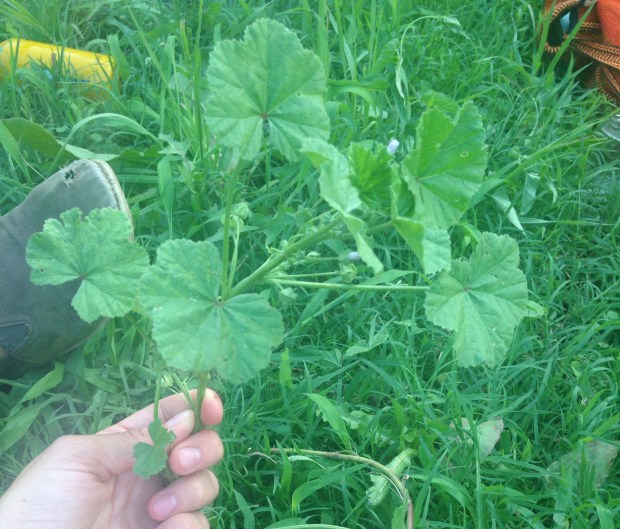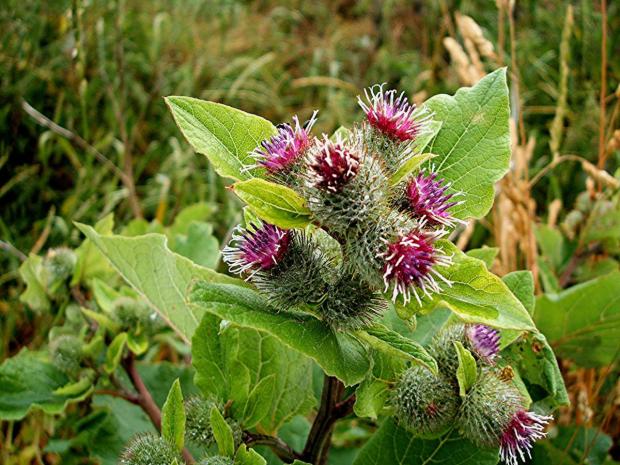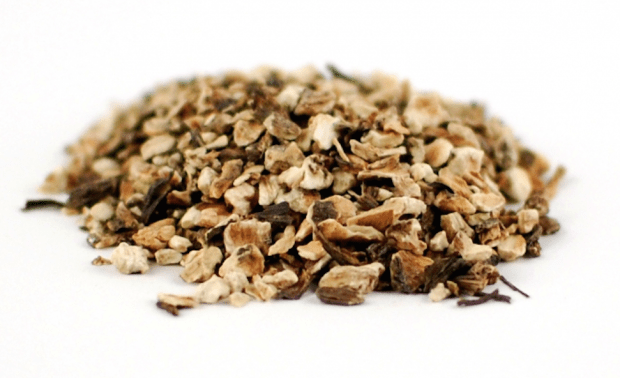If you live in the U.S., chances are you’ve been stuck inside your house for the past three months. Social distancing has been tough for me: it’s hard not to see my clients and know that many of them are in jail or out of work, I hate not seeing my friends and family, and my emotions have been all out of whack. But isolation has also been a quietly joyful time where lots of people have rediscovered the power of domestic pursuits. Seeing everyone trying out sourdough and home haircuts gives me hope that work that has traditionally been relegated to women, especially Black women, will experience a renaissance, complete with the appreciation it truly deserves.
For those of you stretching your DIY muscles for the first time in a while, welcome! I’m here to tell you that making soap and shampoo is not as scary or as complex as it might initially seem.
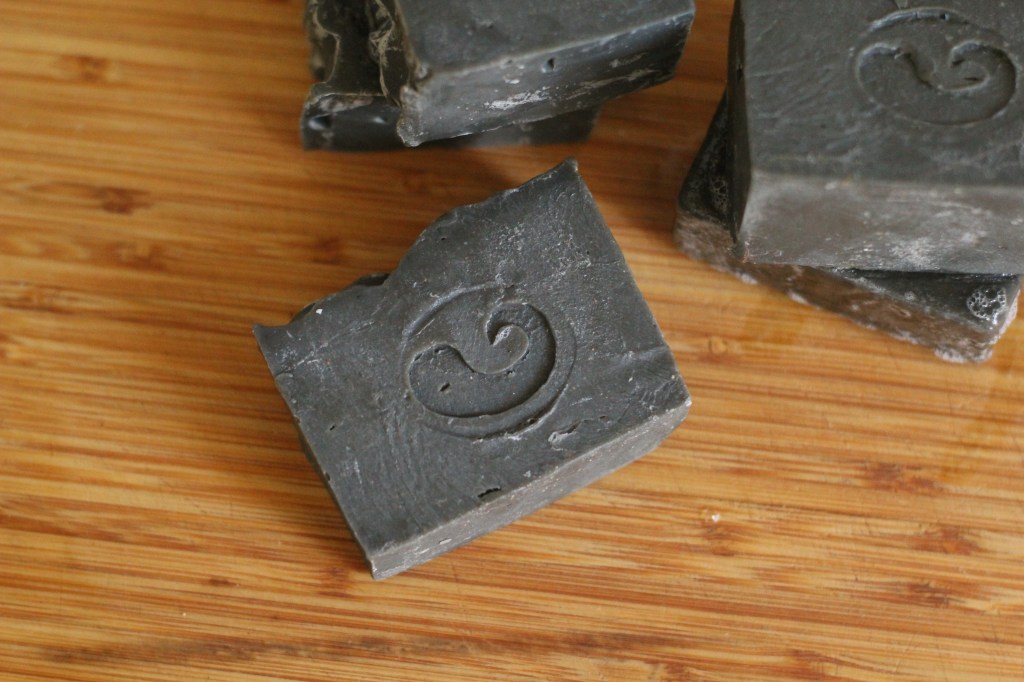
Today’s recipe is a shampoo bar – perfect for those of you who want to cut back on plastic, wish you didn’t have to pack tiny bottles when you (eventually are able to) travel, or want to avoid using sodium laurel/laureth sulfates on your tresses.
Continue reading




